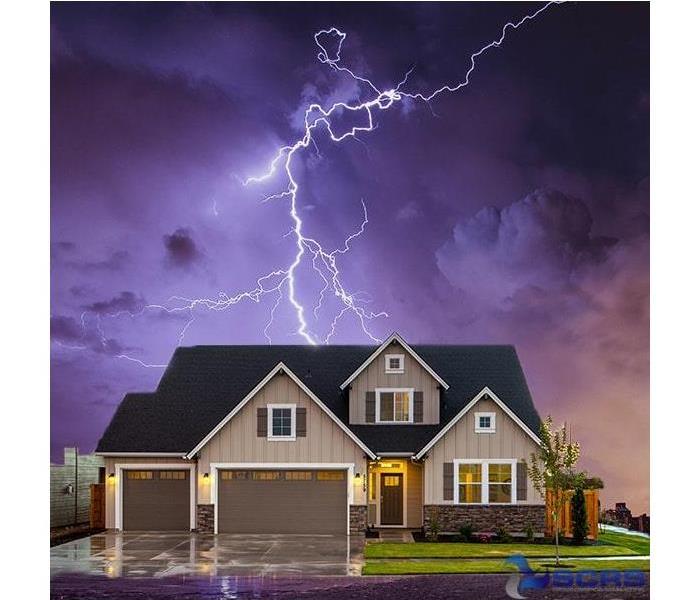Tips for Filing a Storm Damage Claim
10/27/2020 (Permalink)
 Severe storms can cause significant damage to homes, such as flooding. Make sure you are prepared with these helpful tips!
Severe storms can cause significant damage to homes, such as flooding. Make sure you are prepared with these helpful tips!
Severe storms can cause significant damage to homes, such as flooding. One purpose of a homeowners insurance policy is to provide coverage for disaster recovery following a major weather event. If you need to make a claim after poor weather impacts your property, here are some tips to make the process as smooth as possible.
1. Contact Your Provider
First, notify your insurance company right away. Some providers only have a narrow window during which a claim can be filed after damage occurs, so it’s essential to act quickly. Plus, this will allow you to get a claim number immediately, which may expedite repairs.
2. Document Losses
Before starting the cleanup process, document the damage to your home and property. Take photos and consider jotting down notes about items that have been damaged. For example, if you have electronics that have become waterlogged or damaged by a power surge, this won’t show up in photos, but you’ll still want to notify the insurance company.
3. Record All Claim Details
Every time you communicate with the insurance company, write down the time, date, and the person with whom you spoke. This log may be important should there be any disputes about your payout.
Plus, it will help you keep track of the status of your claim. Some companies offer text alerts so that you can easily be notified about updates as the claim is processed.
4. Gather Quotes
Next, reach out to a disaster recovery company to get an estimate for the cost of repairs or remediation services. Keep in mind that your insurance company may have requirements in place for this process.
For instance, you may have to go with approved service teams. Review your policy to determine the necessary steps.
5. Prevent Further Damage
In some cases, a disaster recovery team may be able to promptly address issues, like water damage. Yet, if you have to wait for certain services, such as roof repairs, you can prevent more damage from occurring with some preventive steps.
For instance, tarping a damaged roof can keep more moisture out. You’ll also want to promptly remove any furniture from flooded areas and get rid of any water that you can before help arrives, as long as the area can be navigated safely.





 24/7 Emergency Service
24/7 Emergency Service